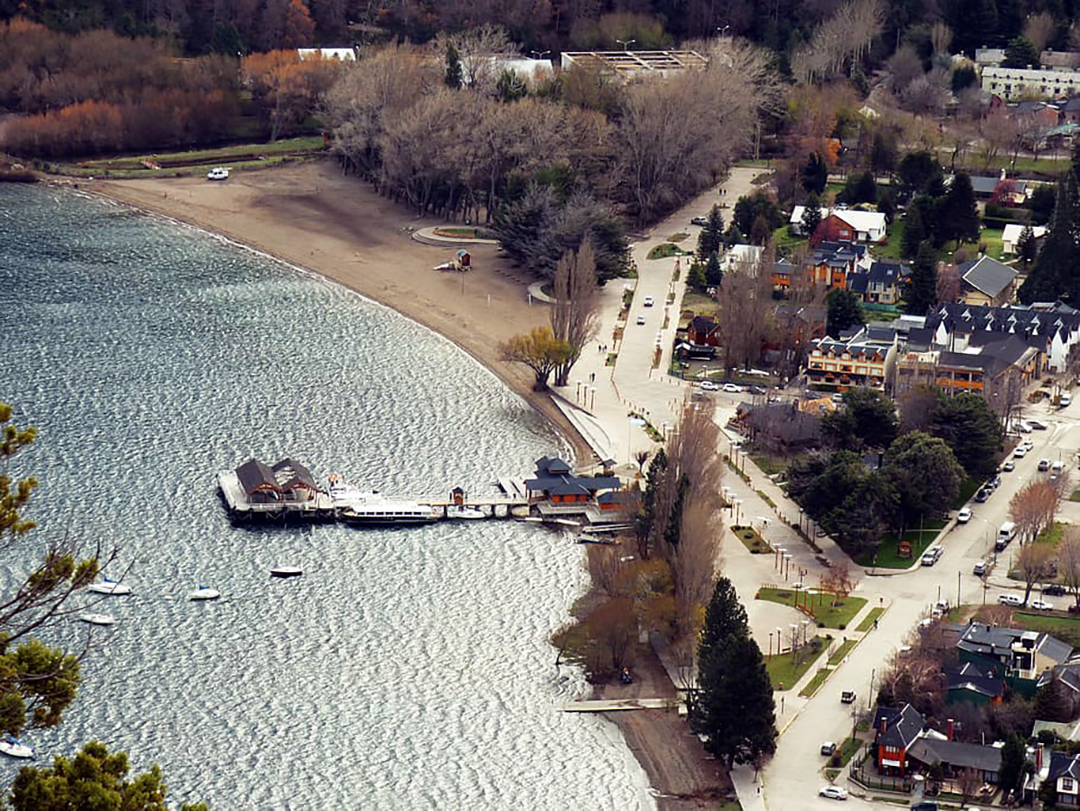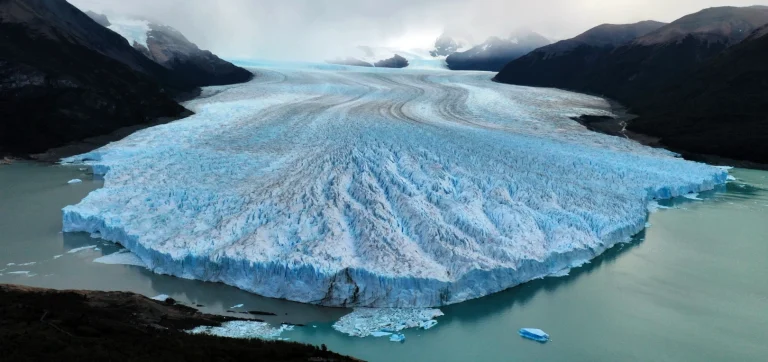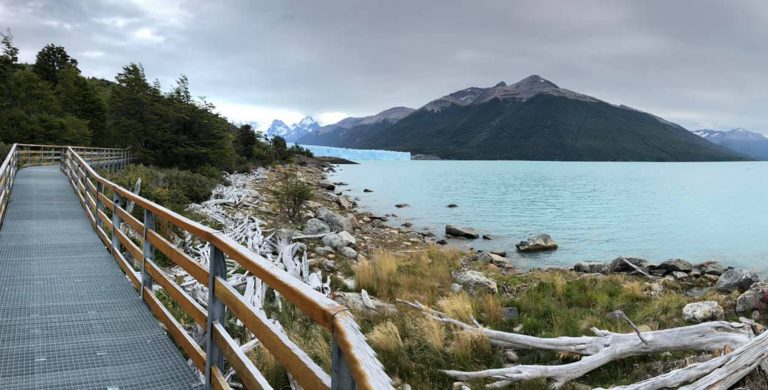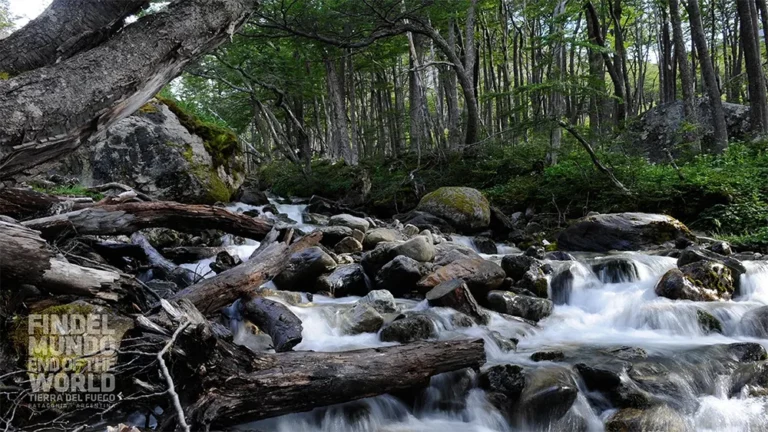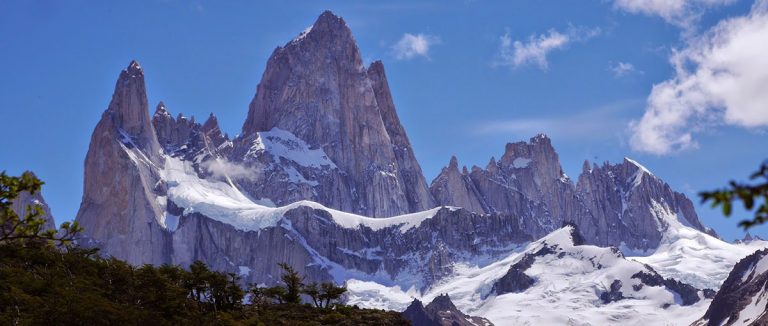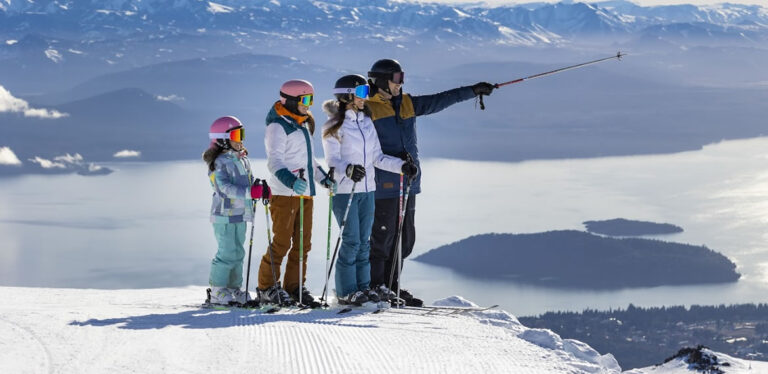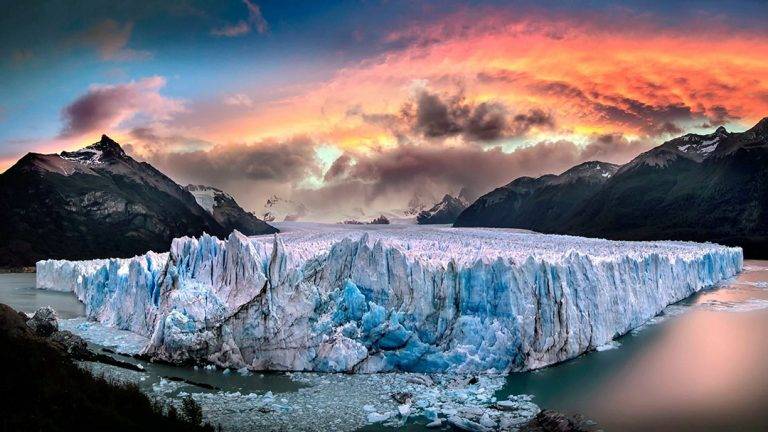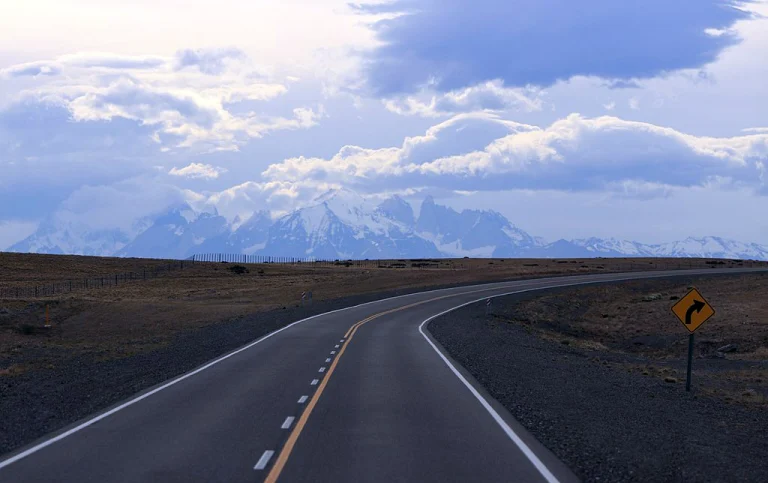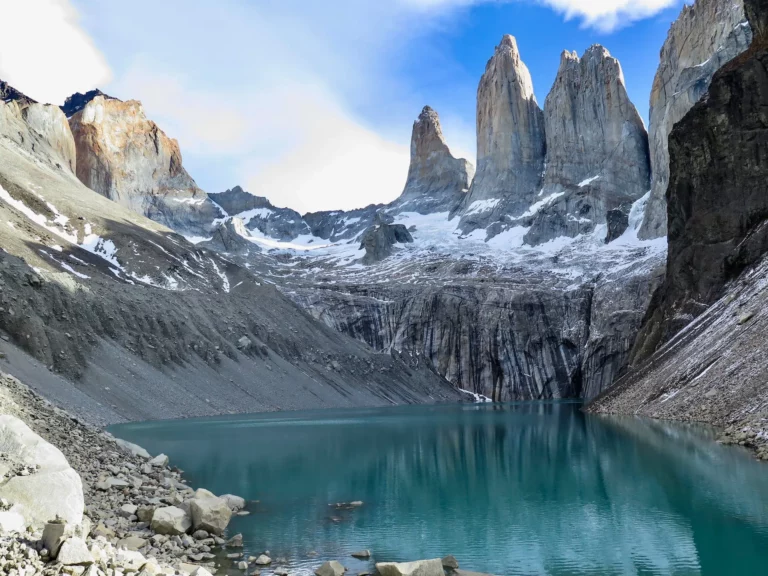San Martín de los Andes is a must-see destination in the Andes Mountain Range, south of the province of Neuquén. Located more than 1,500 kilometers from Buenos Aires and very close to the border with Chile, this charming Patagonian town is located in a dreamlike natural environment, surrounded by mountains, forests and crystal-clear lakes. Ideal for ecotourism, adventure and relaxation, it is one of the most beautiful places in the Argentine Patagonia.
Located in an exceptional corner of Argentine Patagonia, near the Chilean border and more than 1,500 kilometers from Buenos Aires, San Martín de los Andes sits in a dreamlike setting at the foot of the Andes Mountains. This charming Patagonian town is surrounded by mountains, forests, and crystal-clear lakes, making it one of the most beautiful places in Argentine Patagonia – ideal for ecotourism, adventure, and relaxation.
Nestled among peaks like Curruhuinca and Comandante Díaz, the town sits on the shores of the imposing Lácar Lake at 640 meters above sea level, just 40 km from the Chilean border. This destination uniquely combines the majesty of Andean landscapes with first-class tourist infrastructure, currently standing as the most important tourist service center in Neuquén Province.
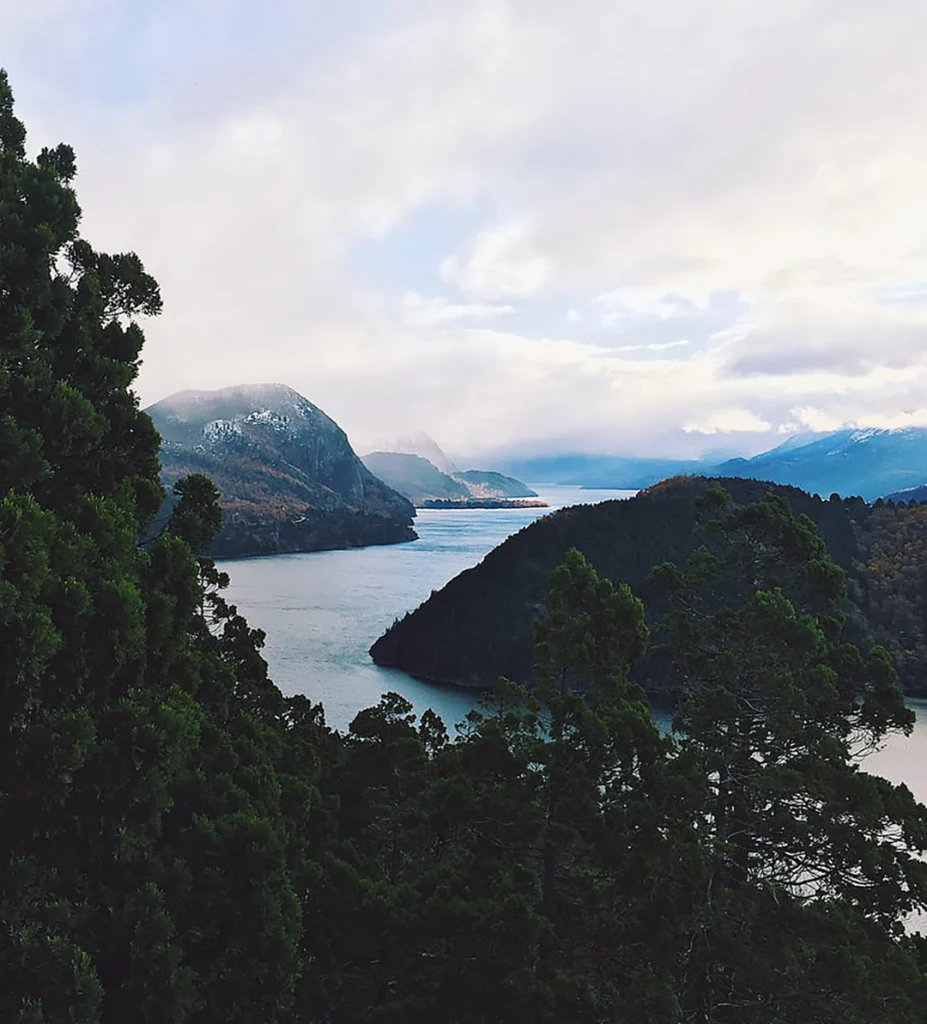
History and Development
Founded on February 4, 1898 as part of the military campaign known as the Conquest of the Desert, San Martín de los Andes initially emerged as a military settlement to reaffirm Argentine sovereignty in the region. For decades, its only economic activity was timber exploitation until 1937, when its tourist transformation began with the creation of Lanín National Park. The real takeoff occurred in the 1970s thanks to promotion policies by the provincial government, which encouraged urban development respectful of the natural environment. Today, with more than 30,000 inhabitants according to the latest census, the city has managed to preserve its essence while becoming a benchmark for Patagonian tourism.
Enchanting Architecture
San Martín de los Andes stands out for its unique architecture that perfectly harmonizes with the surrounding landscape. Influenced by architect Alejandro Bustillo (creator of the iconic Llao Llao Hotel in Bariloche), the town adopted a mountain style using local stone and wood in its constructions. Urban regulations are strict: buildings cannot exceed 12.5 meters in height (reduced from the original 18 meters), must have sloped roofs for frequent snowfall, and natural material facades. The urban center, with wide streets and abundant green spaces, houses architectural jewels like the Lanín National Park Headquarters, the Pioneers Museum, and San José Church, which displays a life-size reproduction of the Shroud of Turin.
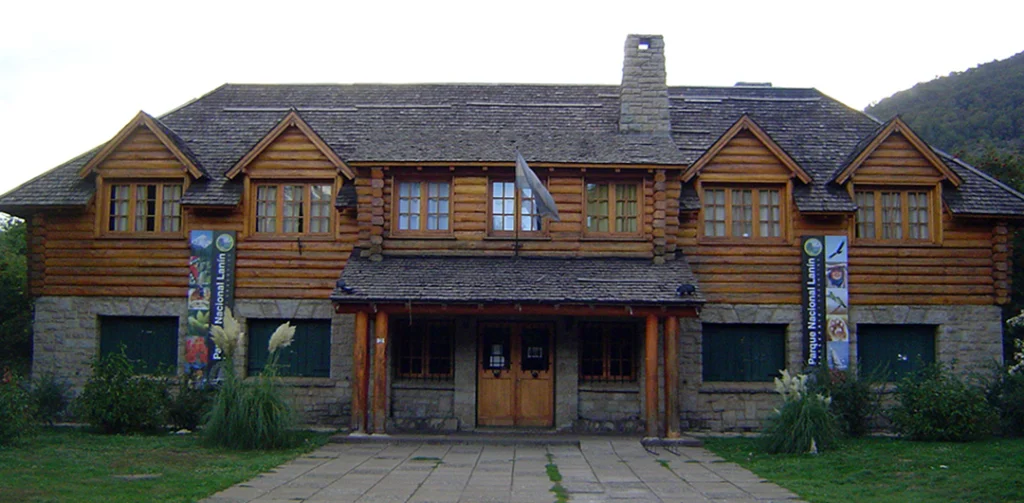
There are three distinct periods in the architecture: that of the first settlers, that of the National Parks and the recent period: The first settlers built buildings with sheet metal roofs and wooden walls, as well as brick constructions.
With the creation of the national park, the architect Alejandro Bustillo used and recommended that the facades of the buildings be covered with stones that were available from the blasting resulting from the explosions carried out for the construction of roads. In addition, the roofs were gabled and the walls were covered with wood.
In the 1970s, a hotel (Hotel del Sol) was built in the area of the arrayanes viewpoint, but it did not respect the trend since it had flat roofs, which were inadequate for an area with frequent snowfalls. It also did not have a wooden front and the construction was visible from almost the entire city. This generated an awareness of what could happen in the future with the constructions in the city, and generated a whole series of norms and ordinances specifying the height and facades to be built. At that time, in the late 1970s, the maximum height allowed for construction was 18 meters; however, in 2003 that height was reduced to 12.5 meters.
The city’s building code seeks through its regulations to maintain the characteristic architectural style of the region (use of wood and/or stone on the facades, with sloping roofs), while other municipal regulations limit land uses and the occupiable area of the land. In order to maintain the architecture of the city in harmony with the natural environment that surrounds it and to protect its scale, for a better quality of life of the inhabitants.
The population according to 2015 INDEC data is 30,200 inhabitants, which represents an increase of 24.6% compared to the 23,519 inhabitants of the previous census. The population is composed of 14,132 men and 14,467 women. Meanwhile, the number of dwellings increased from 6,282 to 10,812.
Must-Do Experiences
San Martín de los Andes offers activities for all tastes and seasons. In summer, adventure sports reign supreme: from trekking through pristine trails to rafting on the Hua Hum River, including catamaran rides on Huechulafquen Lake. Anglers will find some of the best fly fishing spots in all of Patagonia in its rivers. Winter transforms the landscape, turning nearby Chapelco Hill (just 19 km from town) into a paradise for skiers and snowboarders. For those seeking relaxation, Lahuen-Co hot springs offer therapeutic waters amid the Andean forest. And every visitor should travel the famous Seven Lakes Route, a 110 km road connecting to Villa La Angostura through dreamlike lake landscapes.
Weather and Best Time to Visit
The climate in San Martín de los Andes is typical of Patagonian mountains, with distinct seasons offering diverse experiences. Summers (December to March) are ideal for outdoor activities, with sunny days ranging from 9°C to 34°C and cool nights. Autumn (April-May) paints the forests in reddish and golden tones, though it’s the rainiest season. Winters (June-August) bring snow to the mountains, perfect for winter sports, with temperatures between 1°C and 10°C. Spring (September-November) combines longer days with fewer tourists, ideal for those seeking tranquility. Regardless of season, layered clothing and sun protection are essential, as Patagonian weather can change rapidly.
Getting There and Around
Visitors to San Martín de los Andes have several options. By air, Aviador Carlos Campos Airport receives seasonal flights from Buenos Aires. Alternatively, you can fly to Bariloche (250 km away) or Neuquén (430 km away) and continue by land. Those preferring to drive will find two main routes from Buenos Aires: the most direct via RN5, RN35 and RN234 (approximately 1,200 km), or the more scenic Seven Lakes Route from Bariloche. Long-distance buses arrive at the terminal facing Lácar Lake, with services from Buenos Aires (20-22 hour trip) and connections from Chile through Tromen or Hua Hum border crossings.
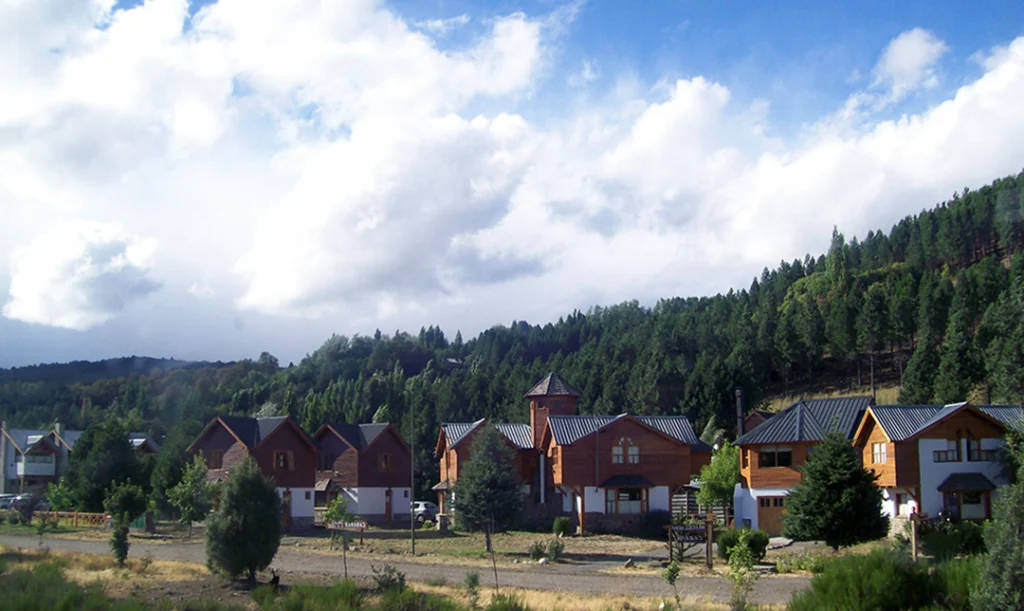
Traveler Tips
To make the most of your visit to San Martín de los Andes, we recommend booking accommodation in advance, especially during peak season (July-August for skiing and January-February for summer). While the urban center is easily walkable, having a car facilitates exploring the surroundings. Don’t forget to carry cash for remote areas where card terminals may be unavailable, and appropriate clothing for the sudden temperature changes typical of mountain regions. Finally, we suggest dedicating at least 4-5 days to fully enjoy everything this Patagonian gem offers, from its stunning landscapes to its delicious local cuisine with Mapuche and European influences.
Discover San Martín de los Andes and Experience Patagonia at Its Finest
San Martín de los Andes is much more than a tourist destination: it’s an unforgettable experience in the heart of Argentine Patagonia. Whether you seek adventure, nature, or tranquility, this corner of southern Neuquén offers everything you imagine and more.
Explore more about this Andean paradise on PatagoniaMás and start planning your next getaway.
Official Municipal Tourism Site

